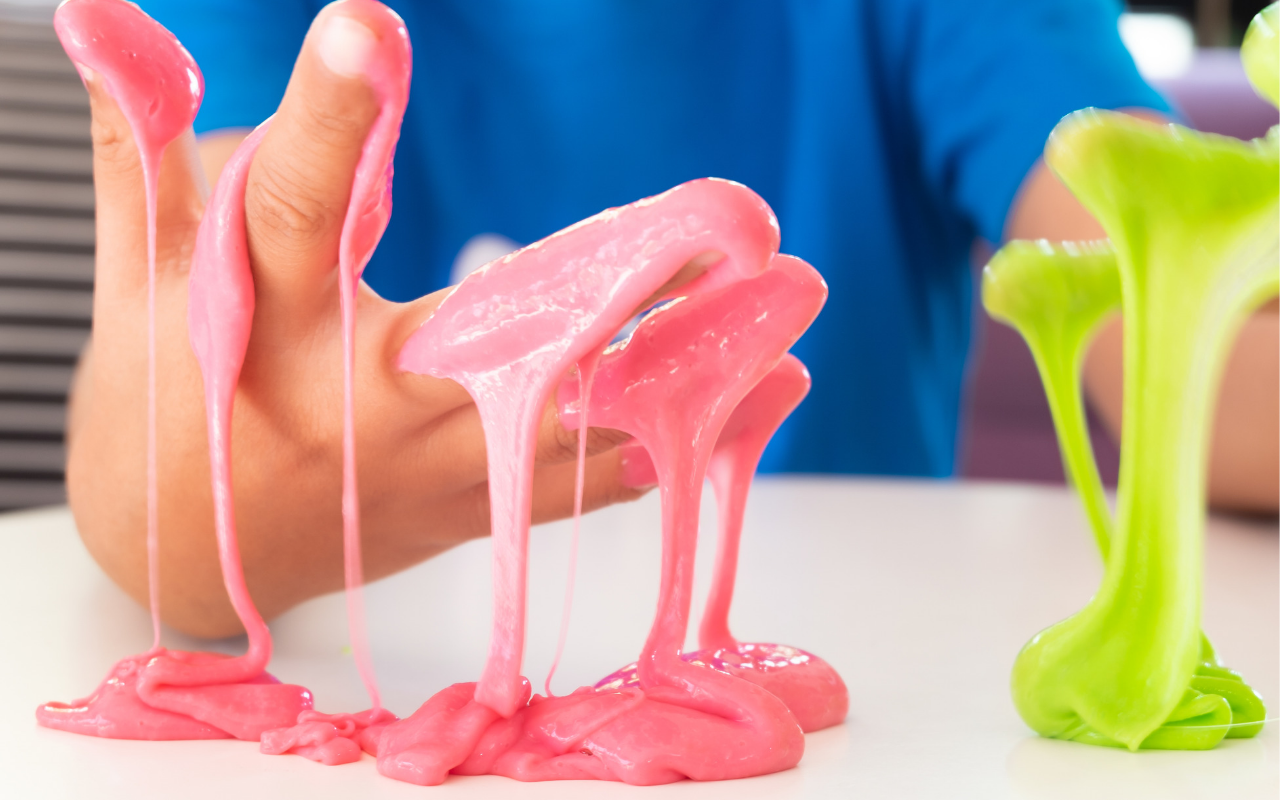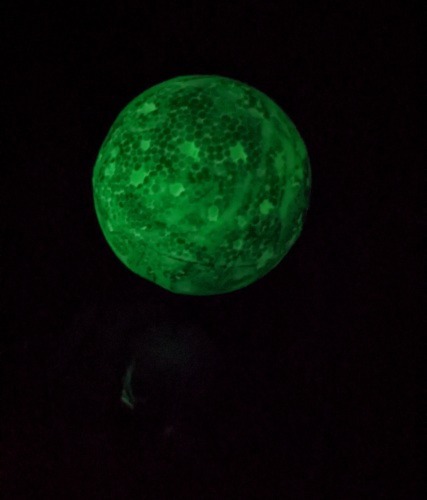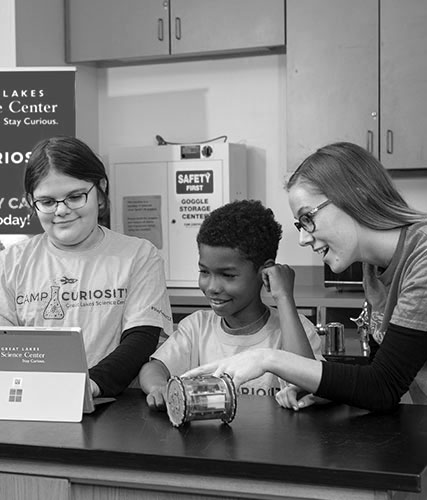Superhero Science Experiments for Kids!
April 28, 2019 is no ordinary day - it's National Superhero Day! We're celebrating with a special DIY experiment from Camp Curiosity's "Sci-Quest: What Makes a Hero Super" session!
You don't need to be a superhero to have invisibility powers!
You see a glass object because it both reflects and refracts light. When light traveling through air encounters a glass surface at an angle, some of the light reflects. The rest of the light keeps going, but it bends or refracts as it moves from the air to the glass. Refraction is the term used in physics to describe how waves bend when passing through different mediums. Light is a form of kinetic energy called a wave. When light waves pass through air, they behave in a different way than they do when passing through water, oil, or even glass. This has to do with how easy or difficult it is for the light wave to pass through the medium.
The viscosity (thickness if you will) of a fluid (note that air is a fluid – not a liquid, but a fluid as it flows) affects how those light waves bend. If you’ve ever put a straw in a glass of water and looked at it from the side, the straw appears to bend…refraction! The higher the viscosity of the water, the more difficult it is for the wave to pass through it, slowing it down. Light can pass freely through air, slightly slower in water and even more slowly in oil.
This ratio of refraction is referred to as the refractive index. The refractive index of vegetable oil is very similar to the refractive index of Pyrex. Pyrex is glass that has gone through a very high temperature in the manufacturing process. So, when light passes through both of those materials, it takes about the same amount of time to get through both materials than if the Pyrex was in, say, water.
When a transparent object is surrounded by another material that has the same index of refraction, then the speed of light will not change as it enters the object. No reflection and no refraction will take place, and the object will be invisible. You will note that we can see the curvature of the Pyrex in the oil, however once we fill the giant tube with oil, the light moves at a consistent speed through the materials and the tall glass cylinder becomes nearly impossible to see with the human eye!
Tips for success:
-
Use pyrex glassware - the index of refraction of Pyrex glass is (n = 1.474) which is nearly the same as vegetable oil.
-
Do not use any "lite" version of vegetable oil. Try Wesson brand.







